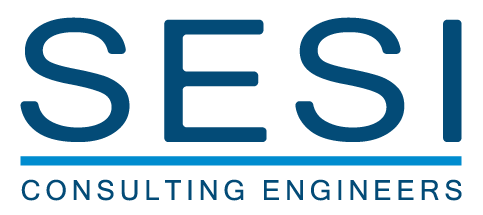SESI is hiring for Geotechnical, Environmental, and Site Civil positions. Apply Now!
State of the Market – State of Environmental Site Remediation | SESI
June 02, 2020

Environmental Cleanup Role in New Development Trends
The current trends in the real estate industry have brought positive changes to several towns. We expect these trends to continue for the foreseeable future. Environmental engineering has evolved to economically remediate properties impacted with traditional contaminants. Emerging contaminants that have been or are in the process of being regulated pose new challenges for remediation, however, advances in treatment technologies are happening fast.
The “Millennial Lifestyle” is creating forces that are re-directing real estate development. The “live, work, play” style of living and the preference to be in the vicinity of work or public transportation are bringing about the development of large residential buildings near transport stations (transportation-oriented development) or in mid- to small-size communities. The increase in online business and other businesses, such as micro-farming, result in the need to develop large warehouses near major highways.
These trends are leading to the revival of cities and towns that were historically industrial centers. These towns offer the convenience of public transportation and often, water-front living. Sites such as old manufacturing plants or closed landfills that have been avoided for decades because of their environmental liabilities are now drawing major investors, who watch the already high real-estate values grow. The development of environmentally-challenging sites has been aided by financial assistance – grants and local tax incentives – and a set of regulations, including the Brownfield Revitalization Act and Site Remediation Reform Act (SRRA) that created the LSRP program.
Innovation in the environmental engineering field has resulted in faster and economical regulatory compliance for environmental challenges that were previously considered unsolvable. The advancement of certain engineering controls such as real-time monitoring combined with an engineered cap has made it less complicated to develop environmentally challenged properties such as landfills and chromium sites.
Emerging contaminants and changing regulations will continue to be in the forefront of site remediation. The NJDEP is in the process of regulating per- and polyfluoroalkyl substances (PFASs), which are found in Teflon-coated cooking pans, water-repellent clothing, stain-resistant carpets, and furniture, among other consumer products. PFAS-discharges are predominantly identified on military or air force bases, where they were used as firefighting foam. Many remediation technologies that are being developed and applied are proving effective in treating PFASs. Another emerging contaminant, 1,4 Dioxane, that has been recently regulated in New Jersey, is causing some previously closed sites to re-open or extend the monitoring life-span.
The ever-changing state and federal environmental regulations will continue to be a source of unknown risk for long-term real estate investments. A well-conducted search during purchase due-diligence is becoming increasingly crucial to hedge the potential future risks. It is impossible to predict the future but a thoroughly-conducted property study and consideration of potential impending scenarios may minimize investment exposure. We are seeing more real estate investors hiring environmental specialists (engineers and attorneys) to be part of their initial evaluation team. We expect that this trend will become the norm in the future.
Contact SESI today to review a current property or potential purchase.
Fuad Dahan, Ph.D., P.E., LSRP
Dr. Dahan has over 15 years of environmental engineering experience. His diverse experience includes environmental treatment system applications, design, research, and monitoring. He has worked on federal, state, and private projects. Fuad has managed multi-million-dollar projects and programs for large corporations including Fortune 500 companies.






